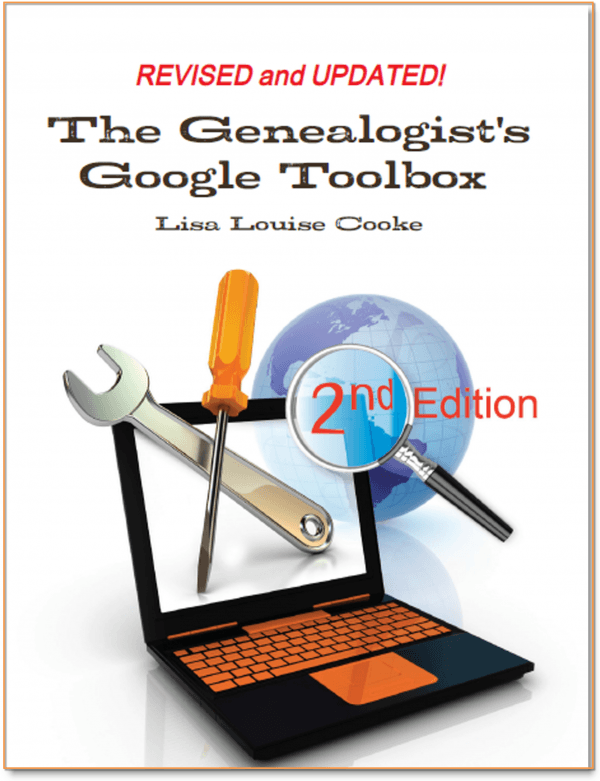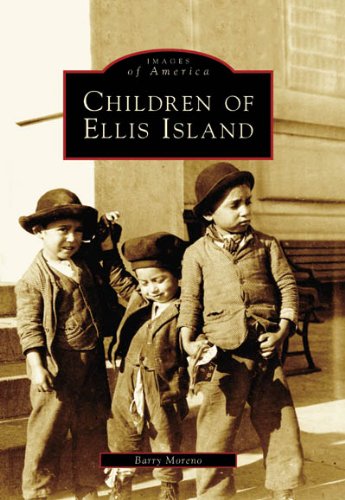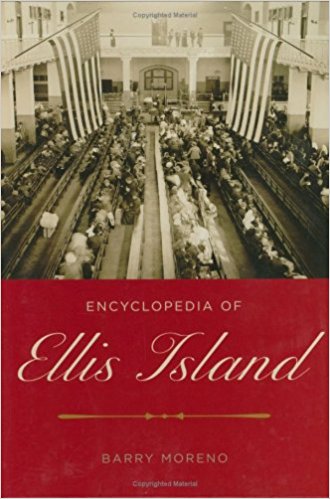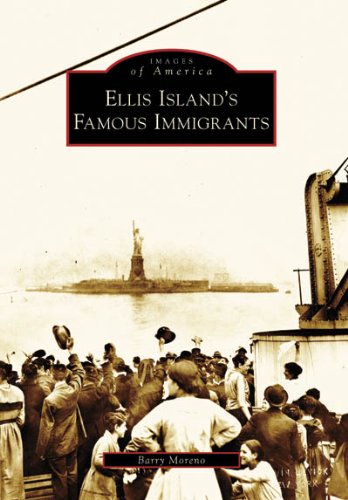Land Ownership Maps: New Online Property Map Tools for U.S. Genealogy Research
Do you ever find it difficult locate U.S. property owned by your ancestors? Two online resources for land ownership maps are available by subscription at HistoryGeo.com, which might just prove helpful!
The First Landowners Project aims to map out the original landowners in public land states. Currently, they’ve charted about 8.8 million original landowners from 21 different states (Alabama, Arkansas, California, Colorado, Florida, Iowa, Illinois, Indiana, Kansas, Louisiana, Michigan, Minnesota, Mississippi, Missouri, Nebraska, Ohio, Oklahoma, Oregon, Texas, Utah, Wisconsin). “We will continue to add more of the Western states soon,” says a recent press release. “Information on eastern states can be found on our frequently asked questions blog entry.” Watch a video demonstration of this project below. Click here to read a detailed description of it.
The Antique Maps Project is a growing collection of historical maps that contain names of U.S. landowners. Their comment: “Many of these maps are indexed and searchable, and the ones that are not will be (thanks to our volunteer labeling program).” Watch a video about this project below:
Learn more about great mapping tools for genealogy by searching our blog by the  Maps category (do this from our home page, lower left side). Or become a Genealogy Gems Premium member to gain a full year’s access to video classes like:
Maps category (do this from our home page, lower left side). Or become a Genealogy Gems Premium member to gain a full year’s access to video classes like:
- 5 Ways to Enhance Your Genealogy Research with Old Maps
- Google Earth for Genealogy (use Google Earth to identify an old photo location)
- Google Earth: Follow Your World
- Time Travel with Google Earth
- and NEW! Sanborn Fire Insurance Maps
Join Lisa at GeneaQuest 2018 in Illinois
Lisa Louise Cooke will be at CAGGNI’s GeneaQuest 2018 in Hoffman Estates, Illinois on Saturday, June 23. Join her and other expert presenters all day to learn Google strategies for genealogy, a master plan for organizing your research, DNA solutions, brick-wall...Episode 211
The Genealogy Gems Podcast Episode #211 with Lisa Louise Cooke
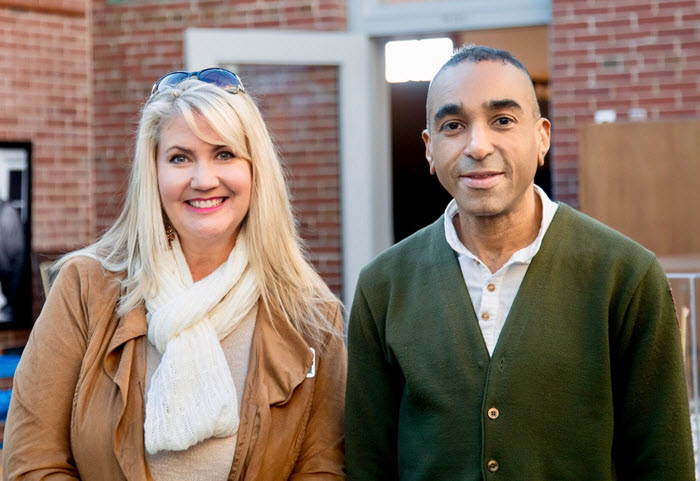
Photo Credit: Beth Forester
In this episode, host and producer Lisa Louise Cooke talks with Barry Moreno, Historian at Ellis Island. Hear about the life cycle of this busy U.S. immigration station (1892-1954) and Barry’s research into thousands of Ellis Island employees?men and women?who worked there.
HelloFresh: Visit hellofresh.com and use promo code gems30 to save $30 off your first week of deliveries.
More episode highlights:
Archive Lady Melissa Barker tells us about the National Archives Citizen Archivist program?and Lisa profiles a volunteer effort coordinated by the British Library to geo-tag thousands of old maps that are already online.
A giant genealogy lost-and-found! Two listeners write in about rescuing old artifacts and returning them to those who might be interested.
Military Minutes contributor Michael Strauss talks about Official Military Personnel Files for 20th-century US servicemen and women?files that were unfortunately partially destroyed. Hear what he learned about his grandfather.
NEWS
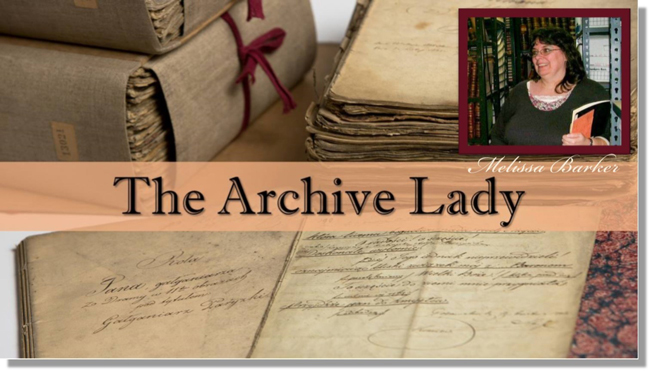
National Archives Citizen Archivist Project, reported by The Archive Lady, Melissa Barker
The British Library Georeferencing Project
Flickr Commons collection of digitized maps from the British Library Collections?mostly 19th century maps from books published in Europe.
Use Google Earth for genealogy! Check out these resources:
FREE Google Earth for Genealogy video
The Genealogist’s Google Toolbox, 2nd edition by Lisa Louise Cooke. This book has 7 full chapters on Google Earth! Available in print and e-book form.
Google Earth for Genealogy Video Training by Lisa Louise Cooke. Available now as a digital download.
NEW FOR GENEALOGY GEMS PREMIUM MEMBERS
“Share Your Life Stories More Meaningfully” Premium Video
Every life is fascinating when it’s well shared! Learn from the author of Story of My Life: A Workbook for Preserving Your Legacy what stories you have that are worth telling–and several inspiring reasons to write them. Review different kinds of memories, why some memories are more vivid that others, and how to flesh them out. Learn tips for researching gaps in your memories, how to turn a memory into a good story, what to leave out and several ways to share your stories.
BONUS CONTENT FOR GENEALOGY GEMS APP USERS

If you’re listening through the Genealogy Gems app, your bonus content for this episode is a preview of the new Premium video class, “Share Your Own Life Stories More Meaningfully” by Contributing Editor Sunny Morton. The Genealogy Gems app is FREE in Google Play and is only $2.99 for Windows, iPhone and iPad users
MAILBOX: ROLAND’S HEIRLOOM RESCUE

MAILBOX: NEW LISTENER PHOTO RESCUE PROJECT
What can you do with a collection of unidentified photos?
Return them to a loving home. In this case, it was a local historical society. Linda wisely kept the collection together because often there’s power in what some of the photos may tell you about others.
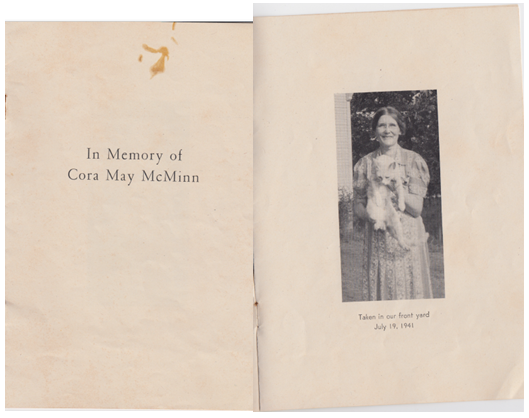
Get them digitized and online so those who want them can find them. The historical society put images on Find A Grave memorials and Iowa GenWeb. They even plan to display them for locals to look at personally and try to identify!
Historical and genealogical societies can also share mystery photos on their websites (or their local library’s website if they don’t have their own) or on their blogs, Facebook pages or even in their regular newsletters. These are great conversation pieces, especially when you can later report that you have solved the mystery! (Click here for more tips aimed at supporting genealogy societies.)
Photo mystery SOLVED: Savvy tips to identify old photos
Lisa Louise Cooke uses and recommends RootsMagic family history software. From within RootsMagic, you can search historical records on FamilySearch.org, Findmypast.com and MyHeritage.com. RootsMagic is now fully integrated with Ancestry.com: you can sync your RootsMagic trees with your Ancestry.com trees and search records on the site.
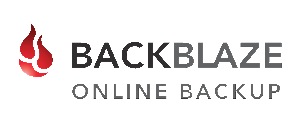
Keep your family history research, photos, tree software files, videos and all other computer files safely backed up with Backblaze, the official cloud-based computer backup system for Lisa Louise Cooke’s Genealogy Gems. Learn more at https://www.backblaze.com/Lisa.
MILITARY MINUTES: OFFICIAL MILITARY PERSONNEL FILES
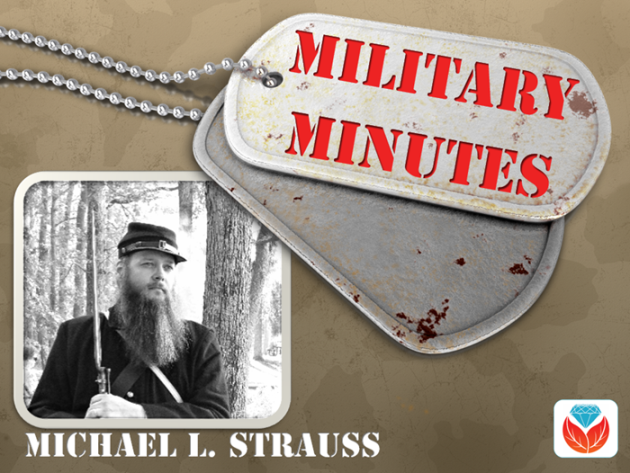
The military service files for your ancestors who served during the twentieth century or later are located at the National Personnel Record Center in St. Louis, MO as part of the National Archives. The files are called the Official Military Personnel Files (OMPF) and are available for each of the military branches; namely; Army, Navy, Air Force, Marines, and Coast Guard.
Researchers should be keenly aware of the devastating fire that occurred on July 12, 1973 at the research facility that destroyed or damaged between 16-18 million service files from the United States Army and the Air Force. Remember that the Air Force wasn’t officially organized until September 14, 1947. Before this date Air Force records were part of the United States Army Air Corps, then part of the U.S. Army.
National Archives at St. Louis. Overview of the holdings, media articles and PowerPoint presentations (download as PDFs)
The 1973 Fire at the National Personnel Record Center in St. Louis, MO
Official Military Personnel Files (OMPF) Non-Archival Holdings
Official Military Personnel Files (OMPF) Archival Holdings
Archival Research Room at the National Personnel Record Center (Request an Appointment, Availability of Records, Copy Fees, Hours of Operation, Hiring a Researcher)
Request Military Service Records (Online request for Veterans, Standard Form 180, or For Burials and Emergency Requests)
Mail Order Request for Record from the National Personnel Record Center (SF 180)
Zerbe H. Howard
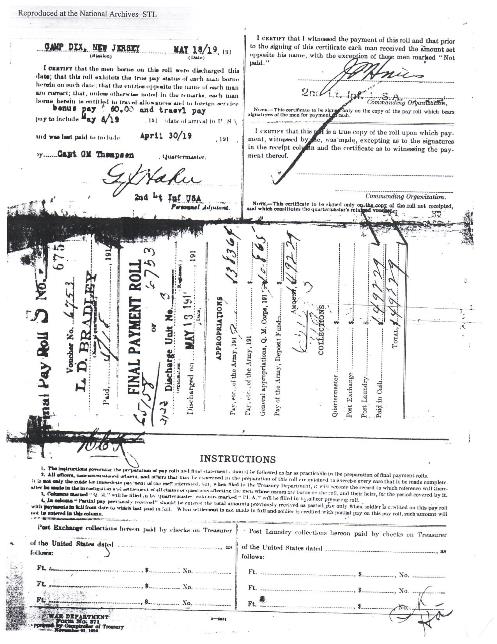
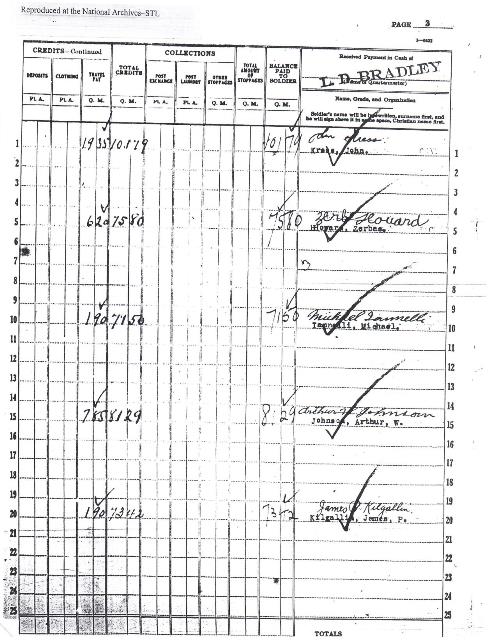
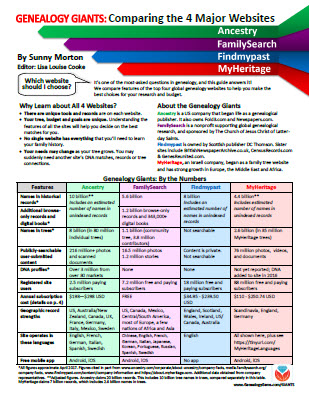
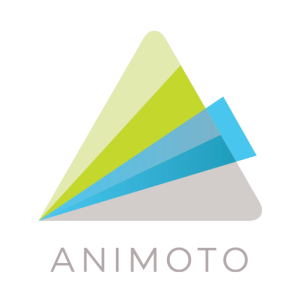 Start creating fabulous, irresistible videos about your family history with Animoto.com. You don’t need special video-editing skills: just drag and drop your photos and videos, pick a layout and music, add a little text and voila! You’ve got an awesome video! Try this out for yourself at Animoto.com.
Start creating fabulous, irresistible videos about your family history with Animoto.com. You don’t need special video-editing skills: just drag and drop your photos and videos, pick a layout and music, add a little text and voila! You’ve got an awesome video! Try this out for yourself at Animoto.com.
Watch the video below for an example of a family history video made with Animoto:
MyHeritage.com is the place to make connections with relatives overseas, particularly with those who may still live in your ancestral homeland. Click here to see what MyHeritage can do for you: it’s free to get started.
INTERVIEW: BARRY MORENO, ELLIS ISLAND HISTORIAN
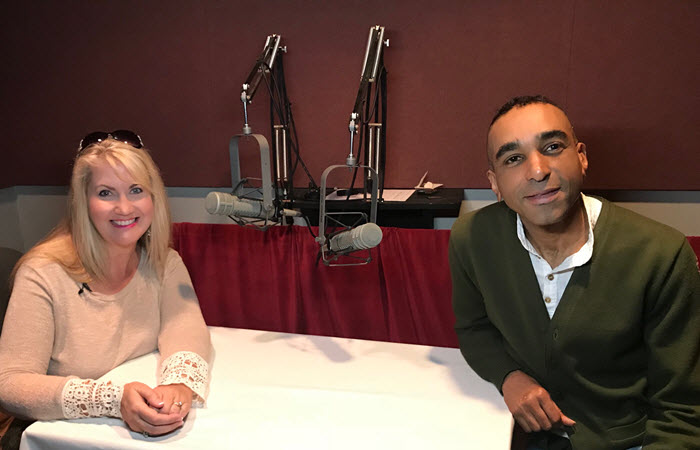
Photo Credit: Beth Forester
Barry Moreno is a leading authority on the history of Ellis Island, the famous receiving station for millions of immigrants to the United States from 1892-1954. He has worked in the Museum Services Division at Ellis Island for more than a decade. He is the author of several books, including Children of Ellis Island, Ellis Island’s Famous Immigrants (including Bob Hope, Bela Lugosi, and Max Factor) and Encyclopedia of Ellis Island (which includes information on displaced persons).
Ellis Island: Historical highlights
Prior to 1890, immigration was handled by the states (primarily New York, as most passed through the Port of New York).
1920-1921: New regulations cut down immigration dramatically. Each country had quotas that could not be exceeded. New regulations were passed requiring immigrants to
- have a passport from their home country
- have medical examinations
- pay a tax to the American Consulate in their home country.
During the last 30 years, Ellis Island mostly handled immigrants who were “in trouble.”
Starting in the 1930s some immigrants arrived by air (Colonial Airways from Canada). After WWII, Air France started service, and German and Italian airlines came in the 1950s.
Ellis Island was closed in 1954 by President Eisenhower. Immigrants who were still detained when it closed were sent to jails.
After 1954, Ellis Island was still used by the Coast Guard for training and by the Public Health Services department.
Barry’s research on workers at Ellis Island:
Most employees were men. Interestingly, blue collar men tended to die before age 60, and better educated ones lived much longer.
Female employees were typically widows, unmarried or had husbands who did not support them. “Char woman” was a common role held by Irish, Swedish and German women. Char means “chores” (cleaning women). They worked often for about $400/ year with no pension, and lived to old ages.
A nursery was opened at Ellis Island; many Christian missionaries worked there. Ludmila Foxlee (1885-1971) was one of them, a social worker with the YWCA. Click here to read more immigrant aid workers at Ellis Island.
Three more great resources for discovering the stories of your immigrant ancestors:
What was it like to land on Ellis Island? Read this article and watch (for free) an award-winning, official documentary)
If your search at the Ellis Island website doesn’t retrieve your ancestors, head on over to Stephen P. Morse’s One Step Pages. There you will find dozens of links to search resources, including the Ellis Island Gold Form for arrivals between 1892 and 1924. Even the folks at Ellis Island refer researchers to Morse’s site. Listen to Lisa’s interview with Stephen Morse in Genealogy Gems Podcast episode #153.
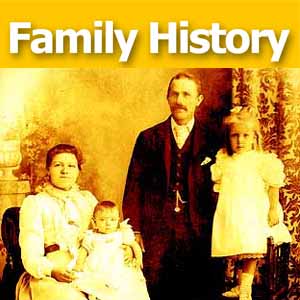 In Lias’s free Family History: Genealogy Made Easy Podcast (episodes 29-31), genealogist Steve Danko covers immigration and naturalization records in depth and even offers up some little-known tips about deciphering some of the cryptic notes researchers often find on passenger lists.
In Lias’s free Family History: Genealogy Made Easy Podcast (episodes 29-31), genealogist Steve Danko covers immigration and naturalization records in depth and even offers up some little-known tips about deciphering some of the cryptic notes researchers often find on passenger lists.
PROFILE AMERICA: FIRST COMMERCIAL RADIO BROADCAST
PRODUCTION CREDITS
Lisa Louise Cooke, Host and Producer
Sunny Morton, Editor
Diahan Southard, Contributor: Your DNA Guide
Melissa Barker, Contributor: The Archive Lady
Michael Strauss, Contributor: Military Minutes
Hannah Fullerton, Production Assistant
Lacey Cooke, Service Manager
Disclosure: This page contains affiliate links and Genealogy Gems will be compensated if you make a purchase after clicking on these links (at no additional cost to you). Thank you for supporting this free podcast and blog!
Sign up for our FREE newsletter:
Subscribe to the Genealogy Gems newsletter to receive a free weekly e-mail newsletter, with tips, inspiration and money-saving deals.
Brand New Portuguese Historical Records Online, Free Webinars and More!
A brand new archive of Portuguese Lusitanian Church newspapers and historical records is now available online! Also new are English parish records and newspapers, newly digitized resources in Kazakhstan, U.S. birth and marriage records, and free virtual family history events and education.

Portugal: Church newspaper and historical records database
The earliest copies of the Jornal Igreja Lusitana 1894 to 1923 – the Lusitanian Church Newspaper – have been digitized and made available online by the Portuguese public archive. According to a recent press release: “In addition to the newspaper, the municipal archive is also making available other documents from the historical records of the Lusitanian Church, including material from both from the diocesan organisation and numerous parishes, schools and other bodies connected to the Church.” Click here to access the archive. 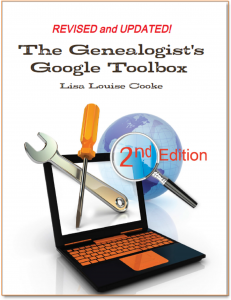
Tip: The archive is in Portuguese, so use Google Translate to read in English! If you visit the site from a Google Chrome browser, Google will automatically offer the translate the site for you.
Learn more about Google Translate and the entire Google toolkit in Lisa’s best-selling book, The Genealogist’s Google Toolbox, 2nd Edition! Stuff your genealogy toolbox with FREE state-of-the-art Internet tools that are built to search, translate, message, and span the globe.
English bastardy indexes, parish records, and newspapers
Uncover secrets of your ancestor’s past! Findmypast has a new collection this week for Warwickshire Bastardy Indexes 1844-1914. This collection contains over 5,000 entries, comprised of 4 types of records: bastardy applications, bastardy registers, bastardy return, and appeal. “Each record provides the name of the mother, and most records include the name of the putative father. The records do not contain the name of the child.”
New at Ancestry.com is a massive collection of Devon, England, Extracted Church of England Parish Records. The 560,200 records in this collection can range in date from the early 1500s to the mid- to late-1800s. More records for England are new at Ancestry.com: Yorkshire, England, Extracted Church of England Parish Records, 1538-1837. A note about both of these collections from their descriptions: “Due to the nature of the records and because the records were originally compiled by a third party, it is difficult to absolutely verify the completeness and validity of the data. The information in this collection is as correct as it was when Ancestry.com received it, and has merely been reproduced in an electronic format.”
Next, we head over to the British Newspaper Archive for two new titles. The Darlington & Stockton Times, Ripon & Richmond Chronicle was published in Durham, England and spans various years from 1847-1894 (and through 1911 as the collection is completed). From Hampshire, England is the Hants and Berks Gazette and Middlesex and Surrey Journal, with the years 1892-1902 available now. Completion of the collection http://www.mindanews.com/buy-effexor/ will cover the entire 1878-1910.
Kazakhstan: Periodicals, books, and more being digitized
Over 42,000 pages from the general fund of the national library of Kazakhstan have been digitized, totaling more than 5 million pages. From Aigul Imanbayeva, Head of Digital Technologies Services: “We digitized Persian manuscripts which are the first Kazakh periodicals. This is the Kazakh newspaper. Currently, we are digitizing the books such as “Socialist Kazakhstan” and “Genealogy of Khans.” Click here to learn more and see a short video about the project.
United States
New York. Over at Ancestry.com is a new collection for New York City Births, 1910-1965. Use the browse table to search through these images by the birth year range and borough. The images for this collection are provided courtesy of www.vitalsearch-worldwide.com.
New Jersey. Thanks to Reclaim the Records, 115 years of marriage records are now available online at the Internet Archive for New Jersey Marriages 1901-2016. Each file is listed year-by-year (or occasionally by a year range), and then the marriages are listed alphabetically by surname.
Free virtual family history events
Mark your calendars! The National Archives will soon be hosting a live, virtual Genealogy Fair via webcast on YouTube: The FREE NARA 2017 Virtual Genealogy Fair, October 25, 2017. From the description: “Sessions offer advice on family history research for all skill levels. Topics include Federal government documents on birth, childhood, and death; recently recovered military personnel files; Japanese Americans during World War II; 19th century tax assessments; and a “how to” on preserving family heirlooms.” Simply tune in to their YouTube channel to watch live!
November 4, 2017 is the North Carolina Virtual Family History Fair. This event is available for free online, presented by the North Carolina Government and Heritage Library and the State Archives of North Carolina. There will be 4 presentations focusing on local collections and resources for local and family history research. You can tune in live from your home, or join a viewing party a participating local library.
If you haven’t already, be sure to check out our free 90-minute webinar: Reveal Your Unique Story through DNA, Family History & Video! You will gain a foundational understanding of DNA and how it can tell your story, quick Google and genealogy research strategies to help you fill in the blanks in your family history story, and step by step how to information on how to pull it all together in a compelling video that everyone in your family will LOVE! Watch for free below:
https://www.youtube.com/watch?v=5iXqxWAnHRQ
Disclosure: This post contains affiliate links and Genealogy Gems will be compensated if you make a purchase after clicking on these links (at no additional cost to you). Thank you for supporting Genealogy Gems!


